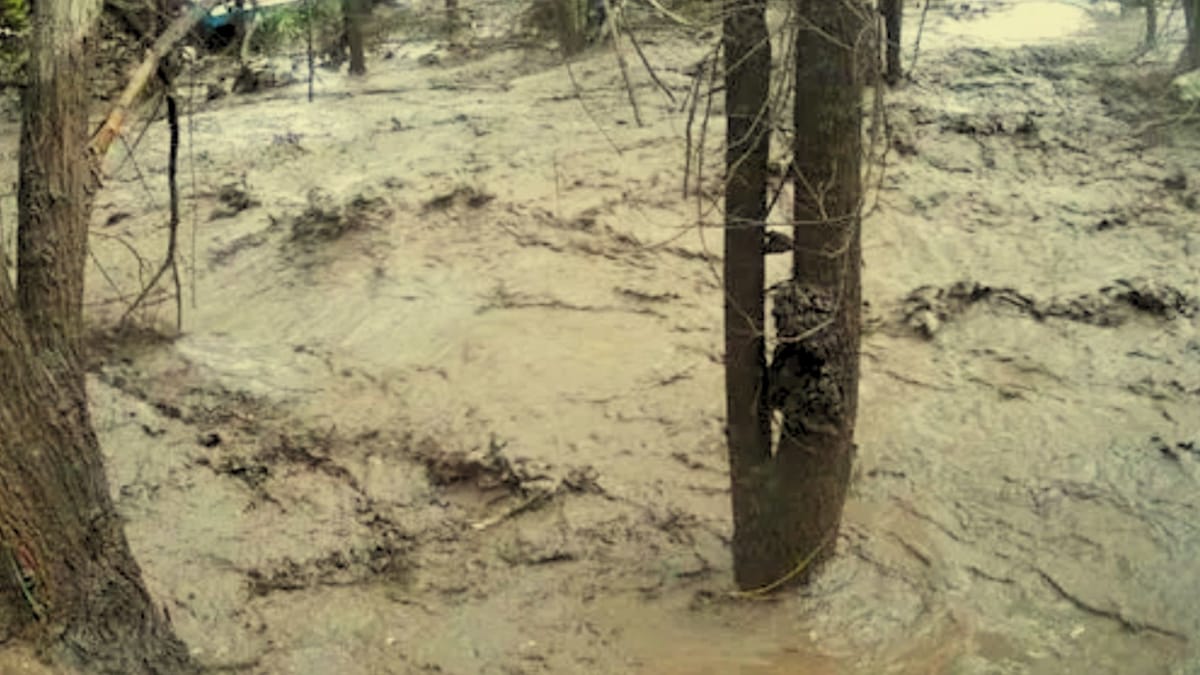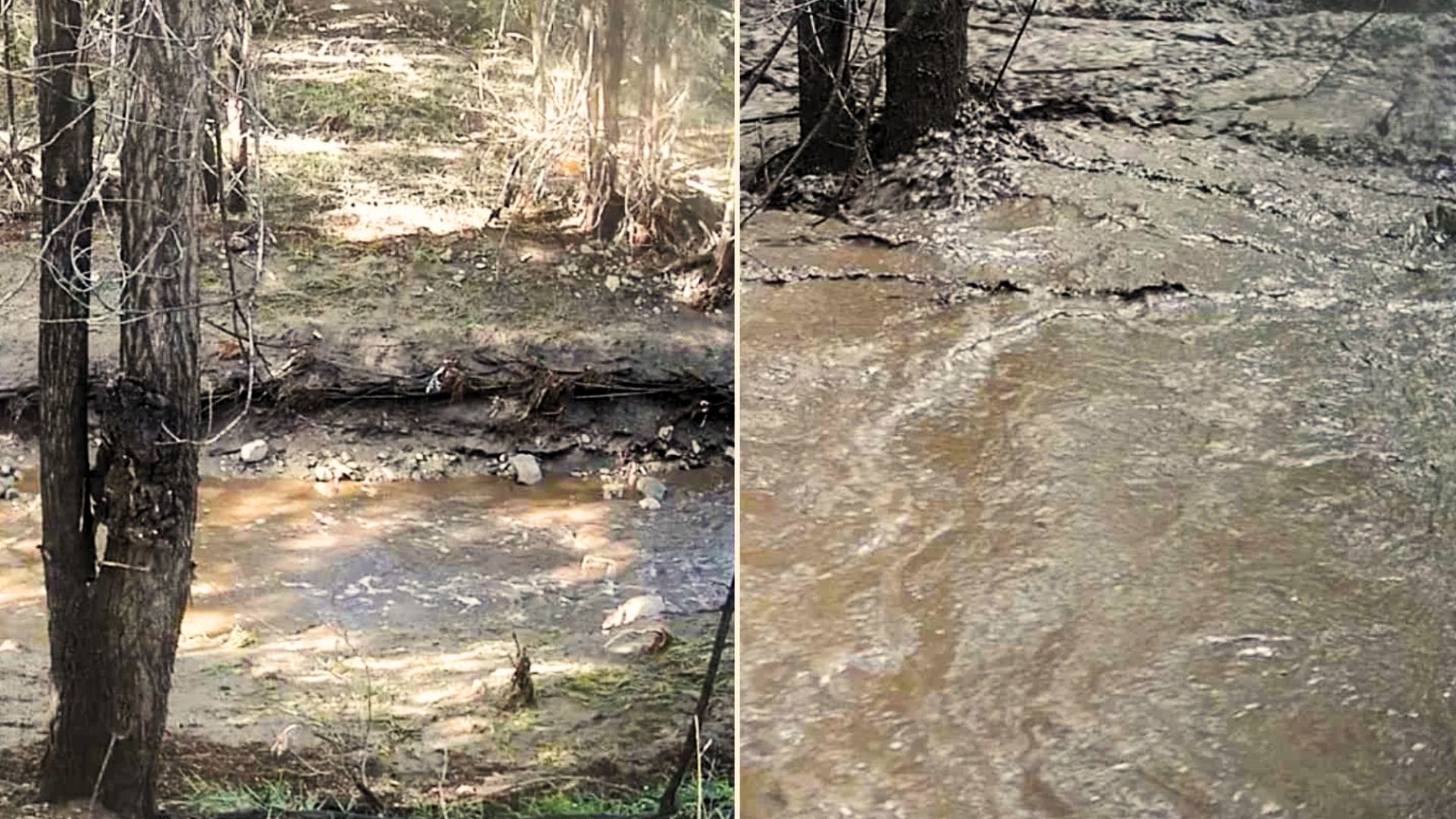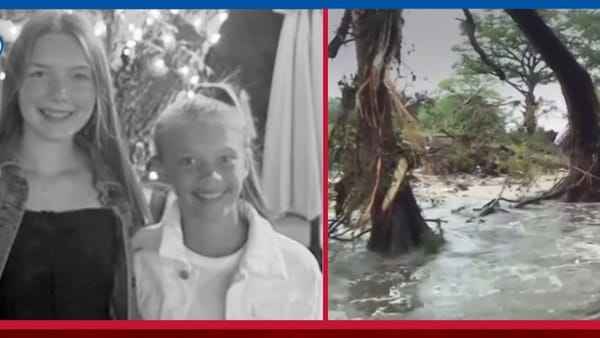New Mexico Flooding Leaves Three Dead as Flash Floods Devastate Region

Darkness descended on the festival weekend
It was July 2025. The Fourth of July or Independence Day holiday was in full swing across America. The scenic Hill Country region of Texas, famous for its natural beauty, was also preparing for the festival. Families gathered for the holiday, children came to summer camp. But in a terrible and sudden act of nature, the joy of that festival turned into a national tragedy in an instant. The worst flash flood of the century along the Guadalupe River came like a black wall and destroyed everything.
So far, more than a hundred people have been confirmed dead in this great flood, many of whom were children. The number of missing has exceeded 150, and rescuers are fighting against the impossible every moment. This report will highlight the events of that terrible night, the reasons behind it, and the tragic story of a national disaster.
What happened that cursed night?
The Texas Hill Country, especially Carr County, which surrounds the city of Carrville, is a paradise for tourists with its rolling hills and the calm Guadalupe River. But the region's geography is a curse. The soil here is dry and rocky, so when it rains, the water does not absorb it easily, but instead flows down the hillsides at a rapid pace.
The disaster began after midnight on Thursday. Although the weather service had predicted flooding, no one could have imagined the severity of the disaster. In just a few hours, about 12 inches (30 centimeters) of rain fell, which is equal to the total rainfall of several months. This huge amount of water came down the hillsides like a monster and fell into the Guadalupe River. As a result, the river level rose 26 feet (about 8 meters) in just 45 minutes before dawn on Friday.
Those who were sleeping in camps, cabins or houses along the river were facing death before they knew it. One survivor described the moment as "a pitch black wall of death." The fast-moving water swept away trees, cars, and even entire houses like toys. The power outages plunged the area into darkness, making the situation even more terrifying.
Summer camp tragedy: Childhood washed away
The most heartbreaking chapter of this flood was written at Camp Mystic, a Christian summer camp located on the banks of the Guadalupe River. Like every year, many children and teenagers came here for a vacation. When the floodwaters hit the camp with a violent speed, many of the children were sleeping in their cabins. Before they knew it, the strong current swept away their cabins.
Since the rescue operation began, one tragic news has come one after another. Carr County Sheriff Larry Leatha said that more than 30 children, many of whom were residents of the camp, were among the dead. Five girls and a counselor from the camp are still missing. The camp, which used to be filled with children's cries, is now only rubble and the heart-rending cries of the bereaved.
Rescuers are using dog squads and special equipment to remove each layer of rubble along a 26-mile stretch of the river to search for the missing. But as time passes, the hope of finding anyone alive grows dimmer.

Questions about the rescue operation and the role of the authorities
A massive search and rescue operation led by Texas Game Wardens and other agencies has been underway since the incident. More than 440 people have been rescued alive, but the last one was on Friday. Only bodies have been found since then. Governor Greg Abbott said the number of missing could exceed 160, as many tourists arrived for the holidays who were not registered at any hotels or camps. A hotline has been set up to search for missing people.
But serious questions are being raised about the authorities' role in the disaster. The area has been known as "flash flood alley" for decades. A county government report last year warned that the risk of flooding in the area was increasing and that future floods could be even more severe than in the past. Many are questioning why children were not evacuated from the camps to safer places.
Survivors and families of victims complain that they did not receive any emergency warnings. Although the National Weather Service issued a warning, the message may not have reached many people due to problems with mobile networks in remote areas. A Carr County official called the flooding a "100-year flood," saying, "Nobody thought it would happen." But critics are reluctant to accept that argument. They say the lack of proper preparation and effective warning systems, despite known risks, led to such a disaster.
Climate change and future threats
While it is difficult to directly attribute any specific natural disaster to climate change, scientists agree that global warming is making such extreme weather events more frequent and intense. A warmer atmosphere can hold more water vapor, which increases the likelihood of very heavy rainfall in a short period of time. The Texas incident is a stark example of that reality.
This disaster is a warning not only for Texas, but for the entire world. The combined effects of unplanned urbanization, deforestation, and climate change are changing the nature of natural disasters. It is no longer possible to deal with future disasters based on past records or experience. Better forecasting systems, effective warning systems, and the construction of disaster-resistant infrastructure are now the need of the hour.
A nation's grief
The Texas floods are more than a natural disaster. They are a national tragedy that has shattered the dreams of many families and left America in mourning. As rescuers search for survivors in the rubble, the nation prays for a miracle. This incident reminds us once again of how helpless humans are in the face of the forces of nature. It also reminds us of our responsibility. If we don't invest more in climate change and disaster management, we may be prepared for even greater disasters in the future. For now, mourning for Texas and praying for the missing is the only thing we can do.



